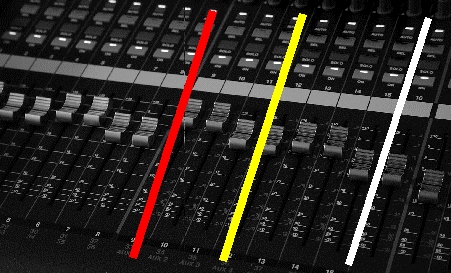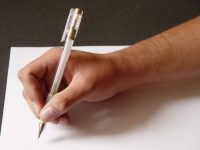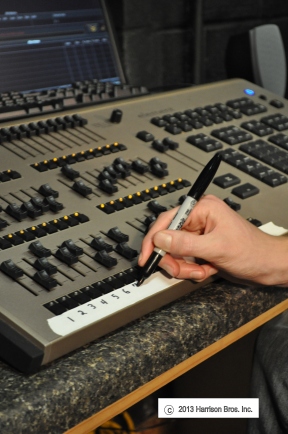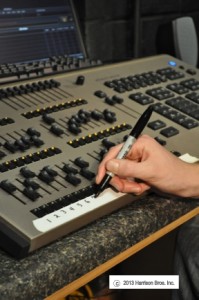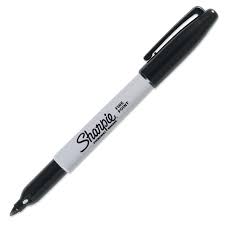 We’ve wriiten about console tape specs before, explaining why terms like “adhesion to steel” and “flatback” matter when evaluating a console tape.
We’ve wriiten about console tape specs before, explaining why terms like “adhesion to steel” and “flatback” matter when evaluating a console tape.
Another specification that deserves attention is the term “elongation”.
Elongation is a fancy word to describe, in quantifiable terms, how “stretchy” a tape is. Does it stay the same length and width when force is applied to the ends or the sides.
This is particularly important in a festival or other multi-act performance where the sound person will create a separate strip of console tape for each act during sound checks and then put the appropriate tape back on the console when that act is set to perform. Not only will the tape have the name of what each console channel is used for, but it may well have lots of other information like levels, eq and limiter settings and notes that are relevant only to that performer.
Tape that stretches may well not line up correctly below the console faders, leading the sound person who is quite often working in semi-darkness to apply the information on the tape to the wrong console input.
Shurtape 724 has an elongation spec of 2.5%, meaining that, at maximum, before tearing it will only stretch (elongate) 2.5 %, making it easy to line up on the console without confusion.



